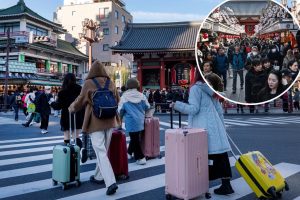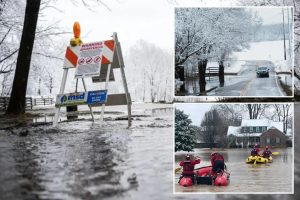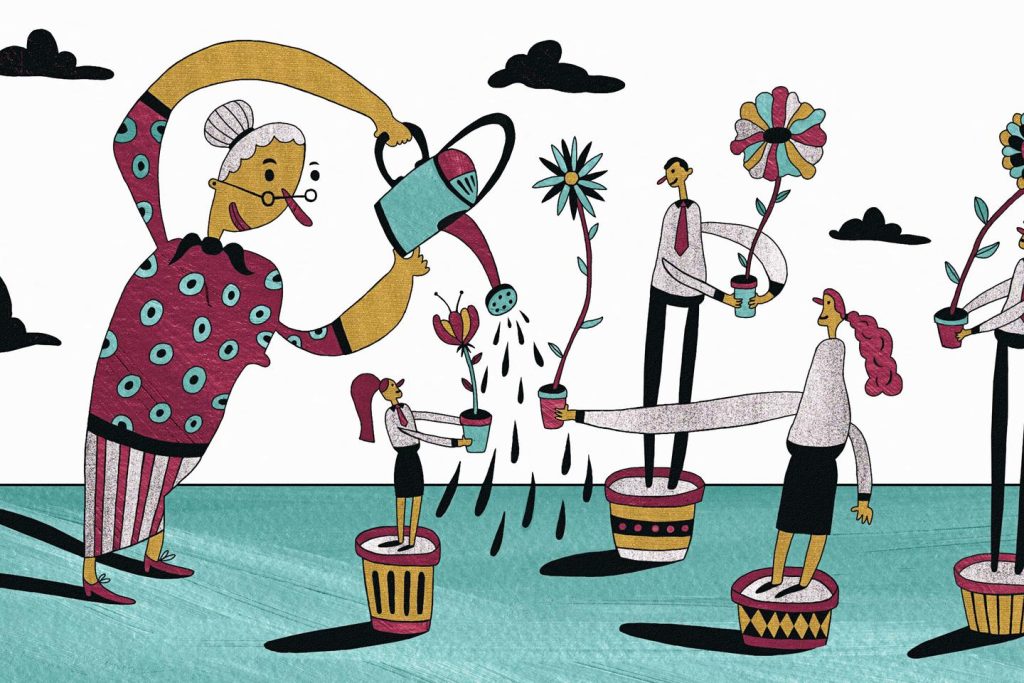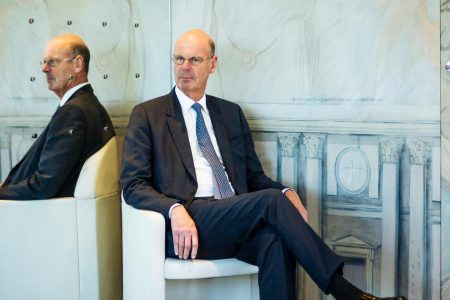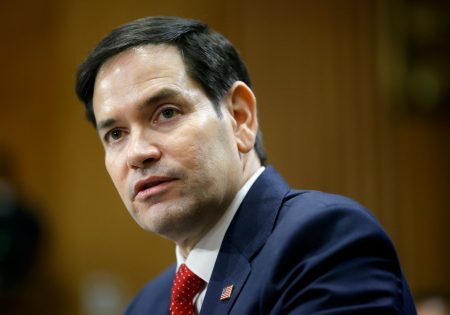Paris’s Ambitious Green Urban Plan: A Path to Sustainability and Resilience
Adopting a Visionary Bioclimatic Urban Plan
In November 2024, the Paris City Council took a monumental step toward a greener future by adopting a new local bioclimatic urban plan. This forward-thinking initiative places planting and green spaces at the heart of urban strategies, aiming to transform the city into a more sustainable and livable environment. The plan sets an ambitious objective: to green an additional 300 hectares of urban spaces, ensuring that every inhabitant benefits from a ratio of 10% of plantations per capita. To achieve this, every available public space must be utilized, from rooftops and courtyards to streets and parks. This comprehensive approach reflects the city’s commitment to combating climate change, improving air quality, and enhancing the well-being of its residents.
The Historical Roots of Paris’s Green Transformation
The concept of integrating green spaces into urban planning is not new to Paris. As early as 2009, during the "Jardins Tomorrow" exhibition, the idea of treating buildings as urban gardens gained traction, particularly in response to the limited availability of land for traditional parks. This vision was further explored in 2016 through a research project titled "The Resurgence of Soil in the City," supported by a scholarship from the Villa André Le Nôtre. The research underscored the critical role of Parisian courtyards in the urban landscape, highlighting their potential to serve as collective green spaces. Today, these courtyards are seen as vital connectors between private and public realms, capable of fostering a shared sense of responsibility for urban greening.
Unearthing the Hidden narratives of Paris’s Soil
The urban expansion of Paris has often overlooked the soil that underpins the city, treating it as an unconscious or repressed element of its development. Yet, the soil has historically shaped the city’s growth, influencing everything from its topography to its architectural choices. The Paris flood risk prevention plan, established by public services, reveals the vulnerabilities of the territory, particularly in the face of Seine River floods. The recurrence of such events, as seen in the 1839 flood map by Emmery, serves as a stark reminder of the need to acknowledge and respect the city’s geological foundations. By uncovering the "location of the place," Paris can better understand its relationship with the natural world and design more resilient urban systems.
The Anthropocene Imprint on Paris’s Landscape
The districts of Paris bear the imprint of their soil, with centuries of human activity sculpting the city’s reliefs. Ancient toponyms, such as "Rue des Cascades," "Rue du Pré-aux-Clercs," and "Rue du Hay," reflect the geographic and landscape history of these neighborhoods. These names serve as testaments to the Parisian anthropocene, offering glimpses into the city’s past uses and natural features. By examining these linguistic and spatial markers, residents and planners can gain a deeper appreciation for the interconnectedness of urban development and the environment.
Balancing Urban Growth with Ecological Respect
While Paris continues to expand, it must reconcile its growth with the need to preserve and enhance its natural systems. The city’s soil, once a silent witness to its evolution, now demands attention as a vital component of its future. The bioclimatic urban plan represents a shift away from unchecked urban productivism and toward a more ecocentric approach, where green spaces are not merely aesthetic additions but essential infrastructure. This paradigm change requires collaboration across sectors, from architecture and urban planning to environmental science and community engagement.
A Vision for a Greener, Resilient Paris
The adoption of Paris’s bioclimatic urban plan signals a new era of urban development, one that prioritizes sustainability and resilience. By greening 300 additional hectares, the city aims not only to meet its environmental goals but also to foster a stronger connection between residents and their environment. The integration of soil, water, and vegetation into urban design reflects a growing recognition of the city as part of, rather than apart from, the natural world. As Paris moves forward, its commitment to revealed "locations of the place" will ensure that its future is rooted in both its past and its planet.



